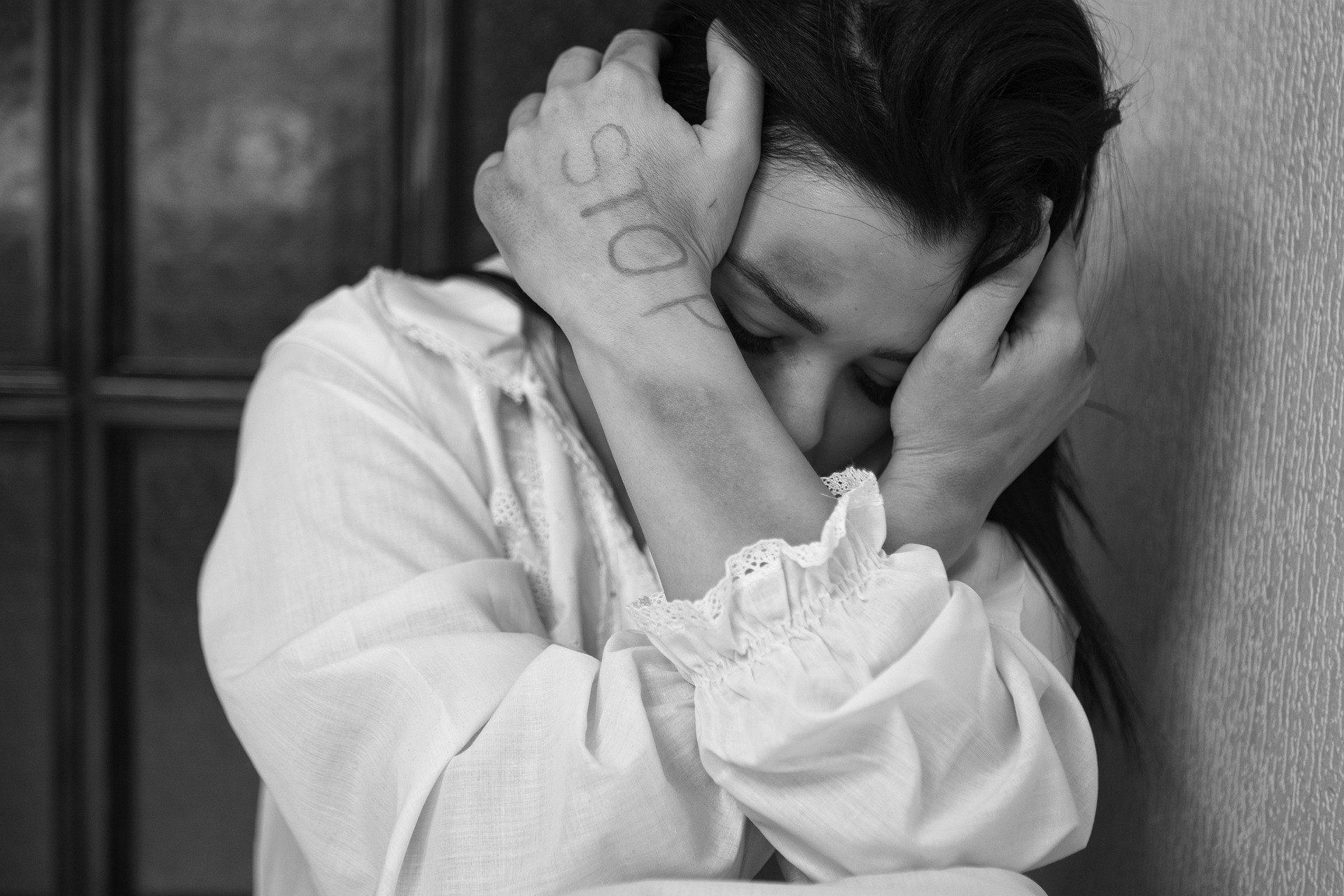
Patterns of Violence against Girls in Ecuador
The central objective of this study, lead by Plan Internacional with the support of Universidad San Francisco de Quito (USFQ) for its publication and diffusion, is to identify dominant cultural patterns that contribute to the violence within families and communities suffered by girls, boys, adolescents, men and women in the indigenous communities of the Central Highlands of Ecuador. For this purpose, a mapping and analysis of the perceptions of violence and its practices was carried out in five provinces: Cotopaxi, Chimborazo, Azuay, Cañar, and Pichincha. The study gathers the opinions of boys, girls, adolescents, mothers, and local authorities regarding their understanding of gender violence, and how they experience it. This study, of quantitative as well as qualitative nature, based within the axes of practices and perceptions, shows, alike other studies, that boys are the most exposed to physical violence, while girls majoritarily suffer sexual and psychological violence. Moreover, the study highlights the perception adults have that neither psychological nor physical violence are adequate methods to educate children and youth, although in practice, it is found that these are methods used too frequently. The confusion that mothers and fathers have with respect to the exercise of their rights and the application of discipline with their children is an issue that often emerges in this study.
To read the full report click here.
Plan International is an independent development and humanitarian organisation that advances children’s rights and equality for girls.
